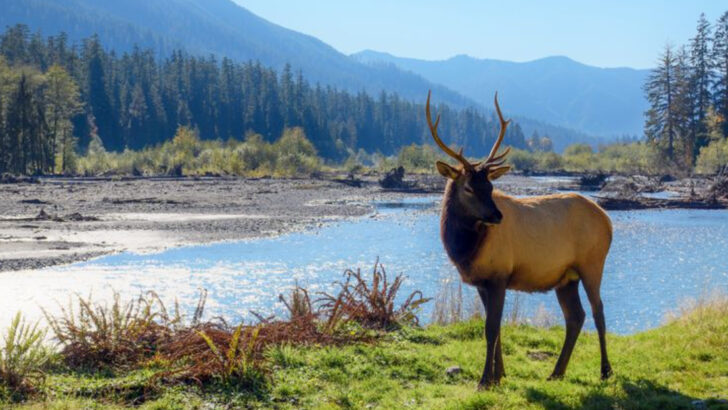The wild heart of the Pacific Northwest beats loud and fierce in the North Cascades.
This isn’t your average walk in the woods — it’s a rugged, roaring, untamed world where grizzlies still roam, mountain goats scale cliffs like acrobats, and owls vanish into shadow without a sound.
The animals here aren’t just surviving — they’re thriving in steep valleys, icy peaks, and ancient forests. Each creature has a story, from the stealthy bobcat to the flashing wings of a rare butterfly that only the sharpest eyes ever catch.
This park isn’t just a place. It’s a living, breathing wilderness — and its creatures are the stars of the show.
Ready to meet the locals? Here are 15 of the most incredible animals that call the North Cascades home.
Gray Wolf
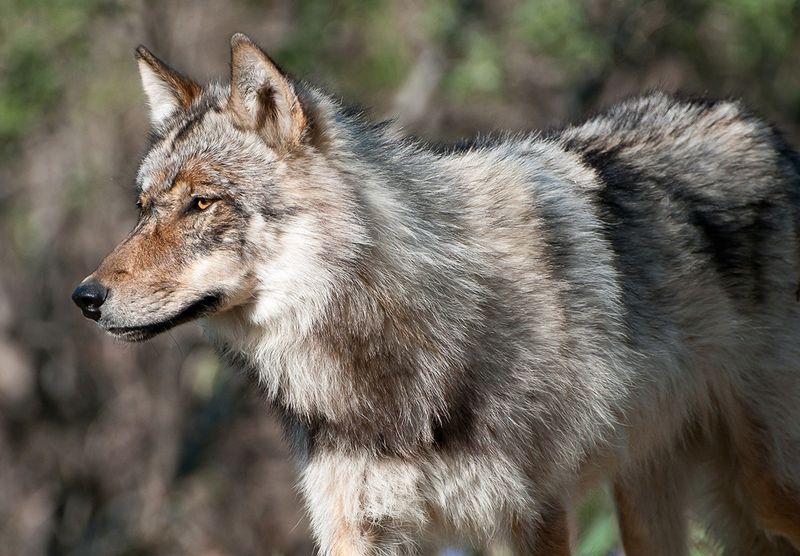
Silent as moonlight, the Gray Wolf roams the dense forests of North Cascades National Park. With a coat as varied as the hues of the forest, this apex predator navigates its territory with unmatched grace and cunning.
The wolf’s pack dynamics are as intricate as a dance, each member playing its role to perfection. Their howls, a haunting symphony, echo through the mountains, a reminder of nature’s untamed beauty.
Did you know? Despite their fearsome reputation, wolves are known for their strong familial bonds and intricate social structures.
Bald Eagle
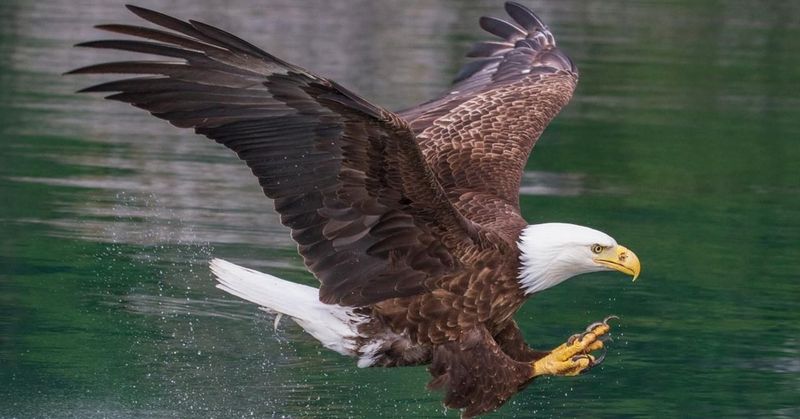
Majestic and regal, the Bald Eagle graces the skies of North Cascades National Park. This national symbol is not only a sight to behold but a testament to conservation success stories.
With wings wide and eyes keen, it surveys the rivers and lakes, a master of the aerial domain. The eagle’s dietary habits are as varied as the park’s waterways, from fish to small mammals.
Interesting tidbit: The Bald Eagle, once endangered, has made a remarkable comeback, showcasing the power of environmental protection efforts.
Mountain Goat
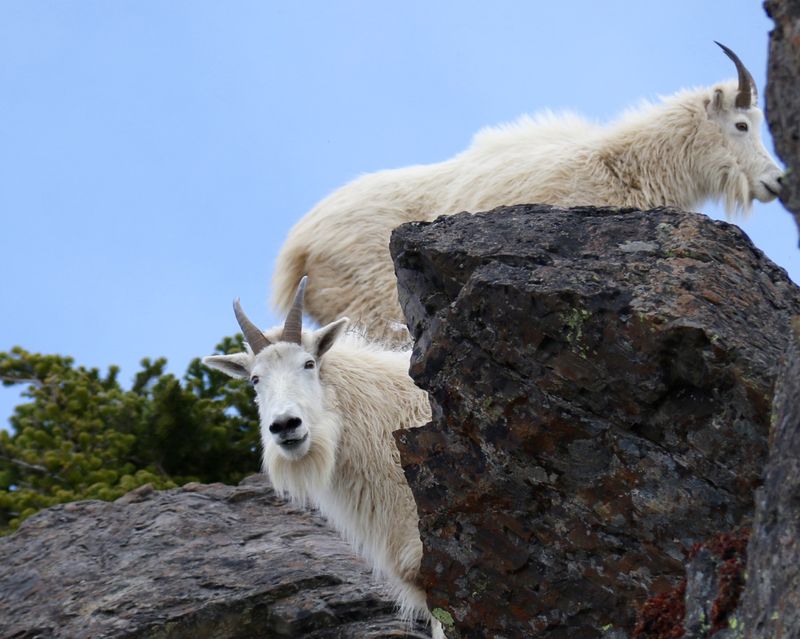
High on the rugged cliffs, the Mountain Goat defies gravity with its surefooted prowess. Its thick, white coat stands out against the rocky terrain, a symbol of resilience in harsh environments.
These agile climbers seem to dance on vertical surfaces, their hooves perfectly adapted to the mountainous habitat. Each leap is a testament to their strength and survival instincts.
Fun fact: Mountain Goats are not true goats but belong to a unique genus, demonstrating the diverse evolutionary paths nature takes.
Spotted Owl
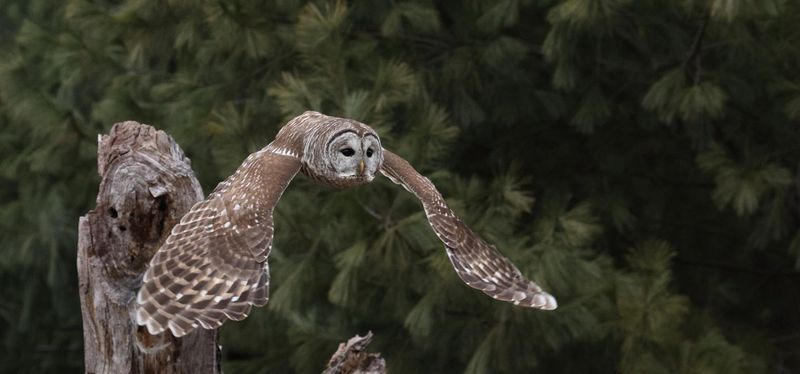
Deep in the ancient forests, the Spotted Owl watches silently from its perch. Its mottled feathers blend seamlessly with the forest, a master of camouflage.
This elusive bird is a symbol of old-growth forest health, its presence indicating a thriving ecosystem. The owl’s diet consists mainly of small mammals, which it hunts with silent precision.
Conservation note: Spotted Owls face threats from habitat loss, making their sightings increasingly precious for bird enthusiasts.
Black Bear
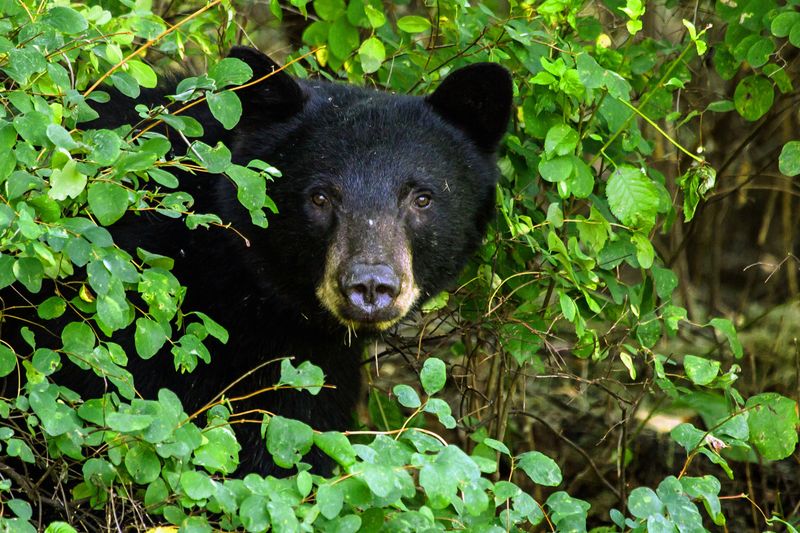
With a curious nose and a gentle gait, the Black Bear meanders through the lush undergrowth of North Cascades. Its glossy coat glistens in the dappled sunlight, a striking contrast to the forest greens.
These omnivores have a varied diet, from berries to fish, showcasing their adaptability. They’re often seen foraging, their presence a reminder of the park’s diverse life forms.
Did you know? Despite their name, Black Bears can be brown, cinnamon, or even blonde, proving nature’s palette is vast and varied.
Western Tanager

A burst of color in the green canopy, the Western Tanager delights with its vibrant plumage. The bright yellow and red feathers make it a standout in the forested landscape.
These songbirds are a joy to observe, their melodious calls echoing through the trees. As they flit from branch to branch, they play a vital role in the ecosystem by aiding in seed dispersal.
Interesting fact: Western Tanagers migrate over long distances, showcasing the incredible journeys that many birds undertake each year.
Cascade Red Fox
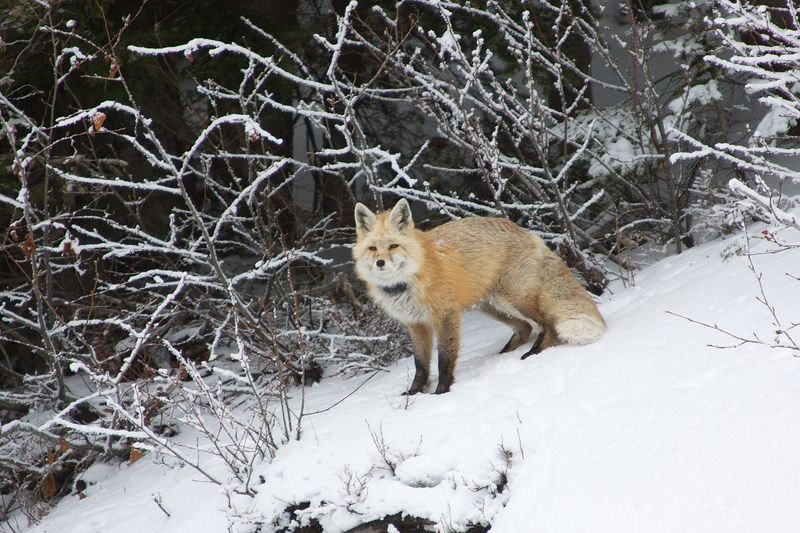
Trotting through the snow-draped landscapes, the Cascade Red Fox is a sight to behold. Its reddish-brown fur contrasts beautifully against the wintery backdrop, a picture of wilderness charm.
This fox subspecies is known for its adaptability and keen hunting skills, preying on small mammals and insects. Their playful nature often delights those fortunate enough to observe them.
Fun fact: The Cascade Red Fox is a unique subspecies found only in the Cascade Range, highlighting the park’s ecological uniqueness.
Pacific Wren
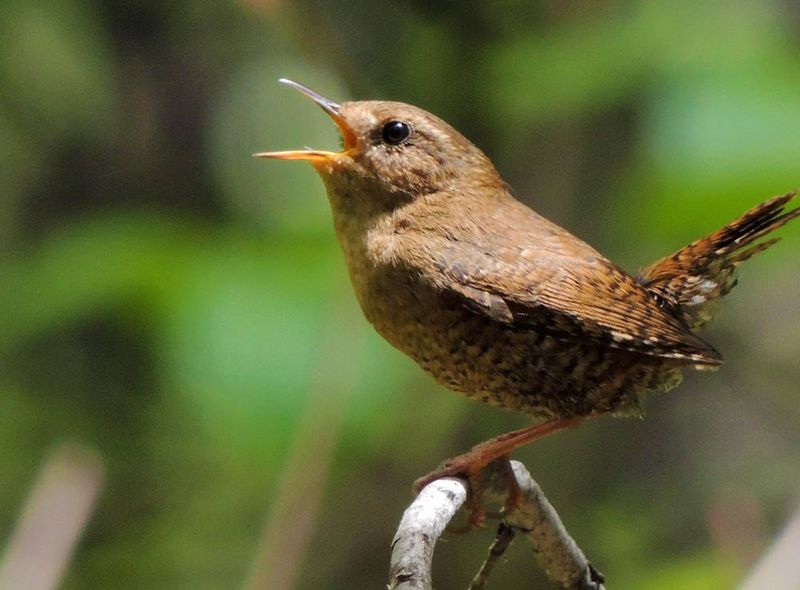
Tiny and full of song, the Pacific Wren fills the forest with its melodious tunes. Its intricate brown plumage might go unnoticed, but its voice resonates far and wide.
These birds are energetic foragers, darting through the underbrush and adding life to the forest floor. Despite their small size, they play a significant role in controlling insect populations.
Did you know? The Pacific Wren’s song is one of the longest and most complex among North American birds, a true avian virtuoso.
American Pika
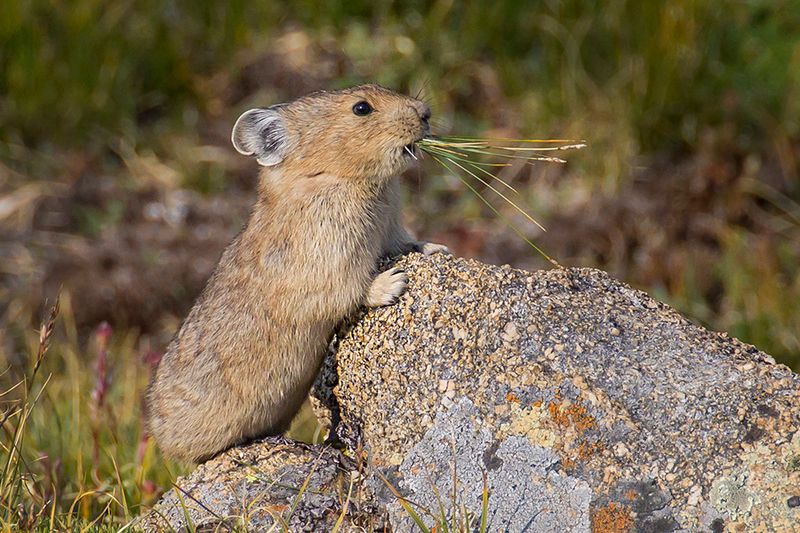
Perched on rocky outcrops, the American Pika is a charming symbol of alpine resilience. With round ears and a stout body, it gathers hay for the long, harsh winters.
These small mammals are masters of survival, thriving in the cold, high-altitude environments of the park. Their distinctive calls echo between the rocks, a constant reminder of their presence.
Fun tip: Despite looking like rodents, pikas are more closely related to rabbits, underlining the park’s diverse animal lineage.
North Cascades Salamander
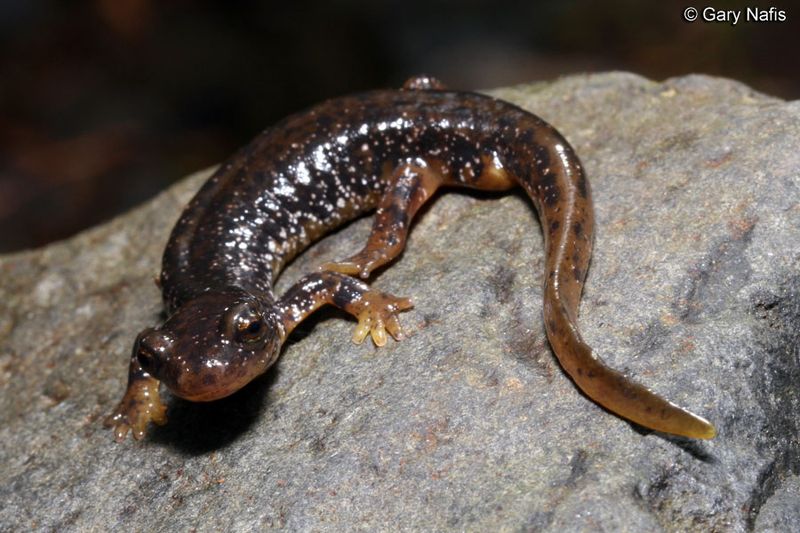
Gliding through the damp underbrush, the North Cascades Salamander is a vital part of the park’s ecosystem. Its moist skin and slender body are perfectly adapted to the humid forest floor.
This amphibian plays a crucial role in the food web, preying on insects and other small invertebrates. Its presence is an indicator of a healthy environment.
Did you know? Salamanders can regrow lost limbs, showcasing nature’s remarkable adaptability and resilience.
Roosevelt Elk
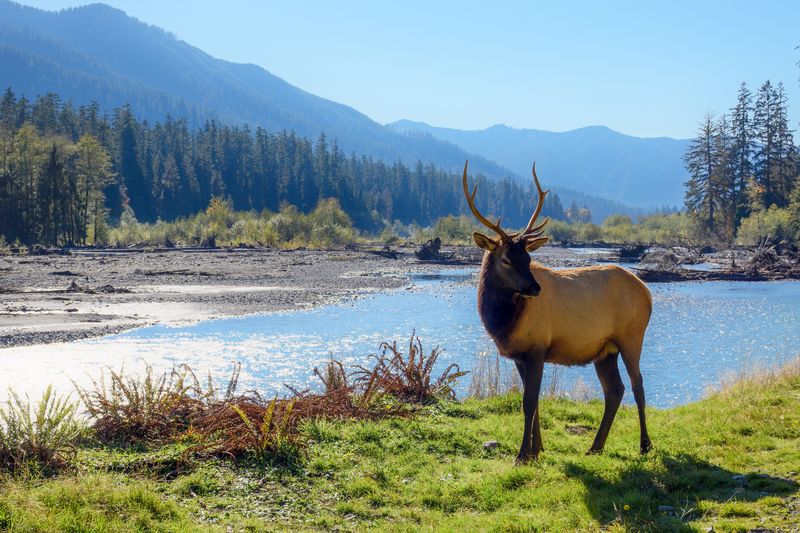
In the peaceful meadows, the Roosevelt Elk grazes with dignified grace. Its large antlers and robust physique make it a majestic figure in the landscape.
These social animals travel in herds, their movements a spectacle of nature’s rhythm. The elk’s grazing habits play a role in shaping the vegetation patterns of the park.
Fascinating fact: Named after President Theodore Roosevelt, these elk are one of the largest subspecies in North America.
Peregrine Falcon

With unmatched speed, the Peregrine Falcon slices through the skies of North Cascades. Known as the fastest bird, it dives with incredible precision, a master of the hunt.
Its sharp eyes and streamlined body make it a formidable predator of the air. The falcon’s presence is a testament to the park’s thriving avian population.
Did you know? Peregrine Falcons can reach speeds over 200 mph during their characteristic stoop dive, a marvel of natural engineering.
American Dipper
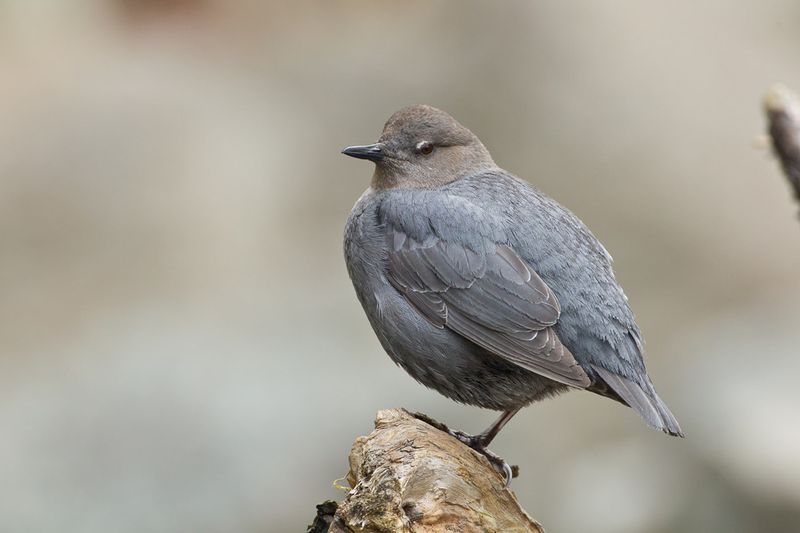
By the rushing waters, the American Dipper dances between rocks and streams. This unique bird is known for its aquatic prowess, diving into cold waters to feed.
Its waterproof plumage and ability to walk underwater make it a fascinating subject for birdwatchers. The dipper’s presence highlights the park’s rich river ecosystems.
Fun fact: The American Dipper is North America’s only truly aquatic songbird, a testament to nature’s adaptability.
Yellow Pine Chipmunk
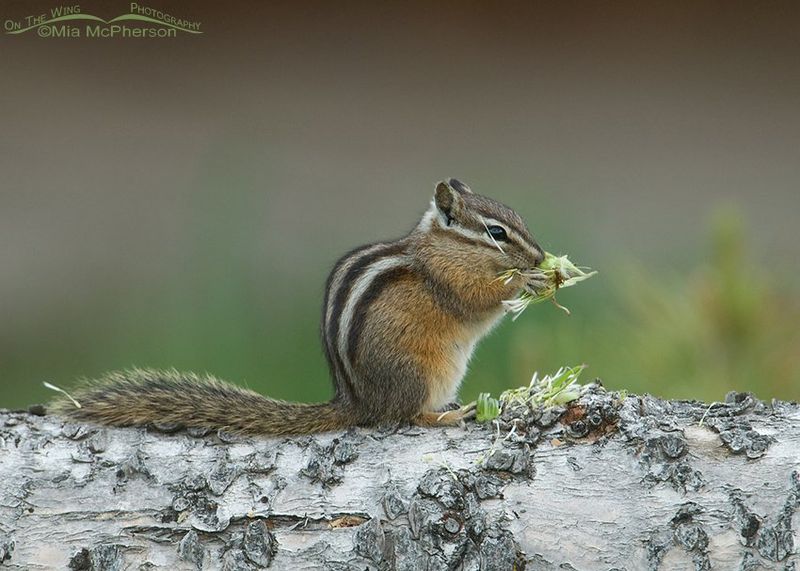
Scurrying through the forest floor, the Yellow Pine Chipmunk is a lively part of the North Cascades. Its distinct stripes and small frame are a common sight among the pines.
These industrious creatures are constantly gathering seeds, playing a crucial role in seed dispersal and forest regeneration. Their energetic antics are a delight to observe.
Did you know? Chipmunks can gather over 100 acorns a day, showcasing their incredible work ethic and preparing for leaner times.
Snowshoe Hare
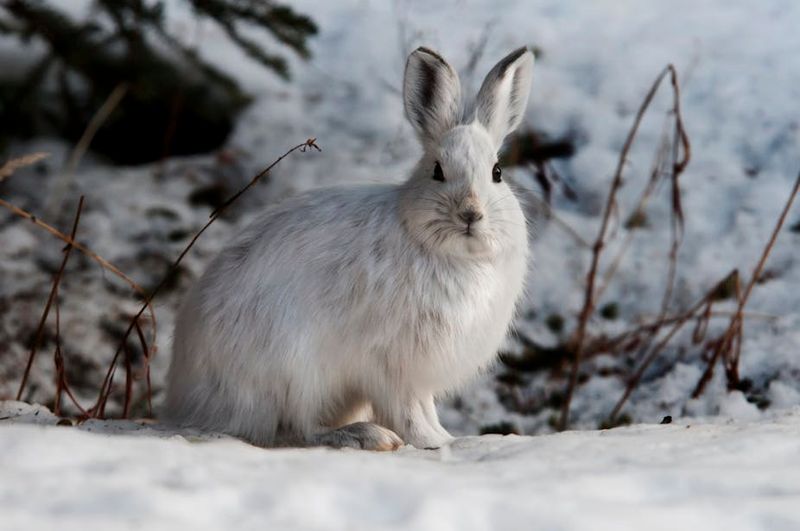
In the snowy expanses, the Snowshoe Hare blends seamlessly with its winter coat. This master of disguise changes fur color with the seasons, showcasing nature’s ingenuity.
Its large feet allow it to glide over snow, evading predators with ease. The hare’s adaptability ensures its survival in the challenging climates of the park.
Fun fact: The Snowshoe Hare’s fur turns white in winter and brown in summer, a perfect example of nature’s adaptive strategies.

